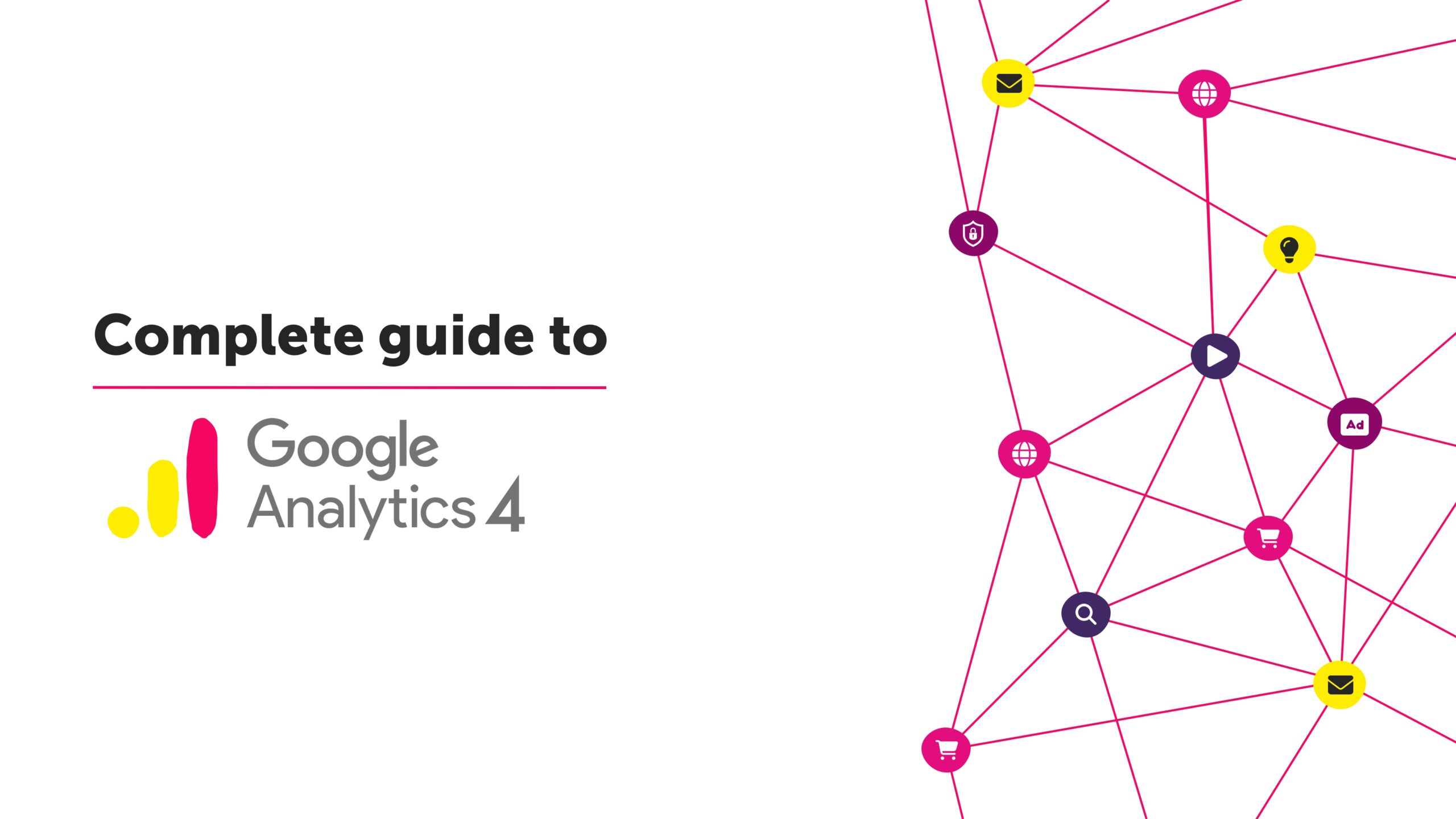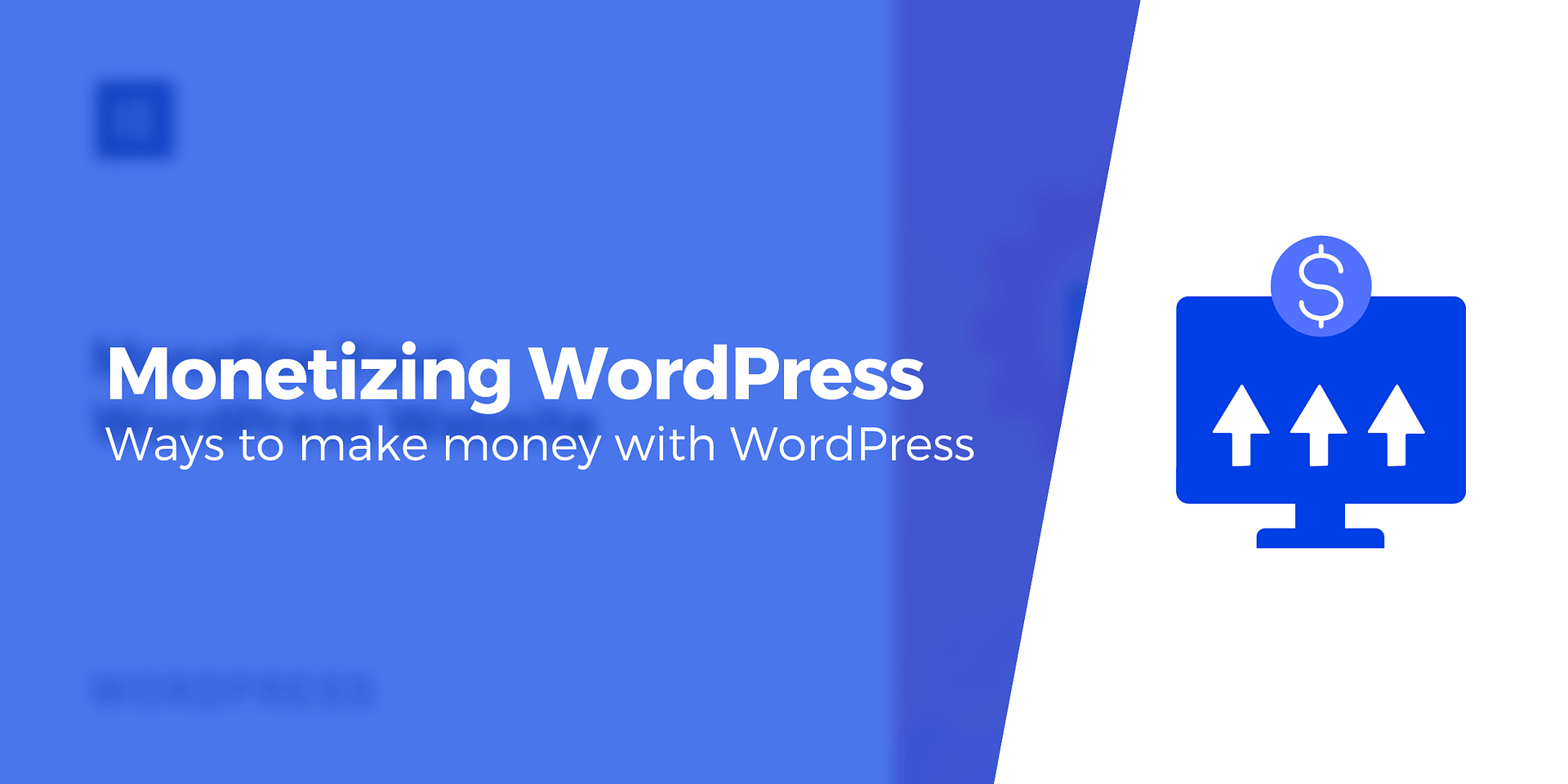We all love speed, I am sure, each one of you does. May it be racing cars or speedy downloading. In today’s technological era, being so busy the entire day in our work, nobody has time to browse through a website. But, when we decide to do, we would not expect the site to be slow in loading the web pages. The Website Speed plays a vital role in judging whether the site is good or bad. None of you would want to wait for 10 -12 seconds for the page to get loaded. It is the need of the hour and hence, a lot of organisations are working at par, to design a plethora of new ways to help improve the website speed. All this is because there is a lot of criteria in making a site rank high, and amongst all the criterion, speed takes its way to the top. Website Designing is an important procedure, but at the same time keeping the ways to improve the speed of the site is also essential.
Just to be more specific in what I am trying to explain, would take a fact in the picture. As per Google Webmaster’s, a website should be ranked higher only if it takes half a second to load its web pages. Web Designers and Developers are striving hard to design a lot of new and incredible ways to help a website to improve the speed and get fast in loading the pages, hence proving the authenticity of the fact mentioned above. All of us would agree that the most frustrating thing in the world is browsing through a slow website. Web Design is easy but at the same time, it is also important to adhere to certain steps and instructions to make the website superfast.
The speed of your site concerns for two reasons:
– Search Engine Optimization
– The User’s Experience
Here are five practical ways to make the website speed incredibly faster keeping the Google Speed criteria in mind:
1. Perk Up the Hosting Plan: This happens to be the simplest way to increase the speed of any site. Hence, it is always important and an incredible decision of improving and upgrading your website Hosting Plan.
2. Understanding HTTP Requests: Sites are ordinarily sluggish in view that of too many (or too large) HTTP requests. While you understand HTTP requests, you can better do away with them. “Every time your internet browser fetches a file (a web page, a photograph, and many others) from an online server, it does so making use of HTTP – that’s “Hypertext Transfer Protocol”. HTTP is a request/response protocol, which means your computer sends a request for some file (e.g. Get me the file ‘dwelling.Html’), and the online server sends a response again (“here’s the file”, followed with the aid of the file itself).”
3. Delicate usage of Plugins: Plugin bloat can drastically sluggish your website online efficiency by growing too many additional documents, for that reason growing load time. Try to avoid the usage of plugins each time possible. For my part, it’s no longer viable to avert plugins. But there are approaches which could help you diminish the total rely on.
4. Caching can be an advantage: There is a tendency of web pages storing more static files, that allows visitors to get access to those pages rapidly, and since the database does not tend to get back each file every-time on a request, that is called Page Caching. For those who’re WordPress users, may install a plugin to permit caching. Listed below are some general caching plugins:
W3 whole Cache: most common performance plugin.
WP tremendous Cache: recommended for prime visitor sites with under powered servers, appearing to be up to date most traditionally.
5. Usage of The Internet-Friendly Images: Site size most often, and snapshot sizes exceptionally, make a massive difference to your site speed. The larger your content/pix, the slower the web page. Some standard methods to counteract this is by way of shrinking the file sizes of snapshots to your website online, decreasing the quantity of graphics you utilize or casting off them altogether. However, having no snapshots to your site online is annoying!
Rather than getting rid of them, optimize photographs earlier than importing them to your website online with the aid of:
Altering the decision: decreasing the “first-class” of the picture (and the file size).
Compressing the images: increasing the efficiency of photography knowledge storage.
Cropping the picture: when cropping, you are chopping out unneeded areas and hence making the image smaller in dimension.
In a nutshell, the above mentioned were 5 of the top-notch ways of improving the speed of the internet site while designing itself. It’s always a right decision of choosing a new way to improve the site speed.
HAPPY SURFING!







